Starting a new hobby like sewing can be a bit overwhelming, especially with all the tools and equipment out there. This guide offers a comprehensive list of essential sewing tools and equipment, complete with names and pictures to help you get started quickly.

When you start sewing, knowing what sewing tools and equipment to purchase can be super confusing. If you have looked online or in stores, you may have discovered a wide variety of products targeted at sewing.
Most of these are nice to have, but if you are new to sewing, you might want help to understand what’s necessary for your sewing kit.
I have compiled this sewing tools and equipment list with names and pictures to help you better understand what you want to purchase. You’ll quickly learn you don’t need to buy too many things to start sewing.
In addition to the basics, I have added some other useful tools and equipment that you might like to add to your sewing kit later. The tools included in this post are from my sewing room, which I always use!
Need more help with sewing tools? Check out these helpful guides: sewing measuring tools, sewing cutting tools, and sewing marking tools.
Watch Sewing Equipment Video
As an Amazon Associate, I earn from qualifying purchases. Read my full disclosure here.
Beginner Sewing Tools & Equipment List
Sewing Machine
A sewing machine is the most significant investment you’ll make when starting your sewing journey. But don’t worry, you don’t need the most expensive model! Most beginner-friendly machines allow you to change presser feet, making it easier to sew zippers, buttons, and piping.
If you’re buying a new machine, check that it includes basic sewing feet. This may only be an issue if you’re purchasing a vintage sewing machine, which may require additional accessories.
I currently use the Bernette 38, which I absolutely love! It sews cleaner buttonholes than my previous machines and even has a built-in thread cutter.
If you’re looking for an affordable option with great features, I recommend the Brother XM2701. I used this machine for over 13 years, and it was my first sewing machine.
Need more help? Check out my guide to the best sewing machines for beginners.
Shop Sewing Machines
 Buy Now →
Buy Now →  Buy Now →
Buy Now →
Fabric Shears
Regular scissors won’t cut it—literally! Fabric shears are specialised scissors designed to cut fabric cleanly and effortlessly. Their sharp blades make cutting through different fabric weights much easier.
Fabric shear prices vary, but most brands offer affordable, high-quality options. If you take care of them, they’ll last for years. You can even get the blades sharpened or buy a sharpening tool to maintain them.
Tip: Don’t cut paper with your fabric shears – this blunts the blades! Tie a piece of fabric or ribbon around the handle as a reminder to use them only for fabric.
Shop Fabric Shears
 Buy Now →
Buy Now →  Buy Now →
Buy Now → 
Fiskars RazorEdge Softgrip Fabric Shears
Buy Now →Sewing Thread
Thread is an essential part of sewing. You literally can’t sew without it! As a beginner, you only need a few basic colours: black and white.
- Use white thread for light-coloured fabrics.
- Use black thread for dark fabrics.
For special projects, buy additional colours as needed rather than stockpiling expensive thread you may never use.
Want to learn more? Check out my guide in-depth guide on sewing threads.
Shop Threads
 Buy Now →
Buy Now →  Buy Now →
Buy Now →  Buy Now →
Buy Now → Sewing Pins
Sewing pins are incredibly handy and will become one of your most-used tools. They help hold paper patterns in place before cutting fabric and keep fabric pieces together while sewing.
While you can find cheap pins, I recommend investing in high-quality ones. Cheap pins often rust, which can transfer onto fabric, while high-quality pins have sharp tips that won’t snag delicate materials.
Shop Sewing Pins

Clover Boxed Flower Head Pin 54mm
Buy Now → Buy Now →
Buy Now → 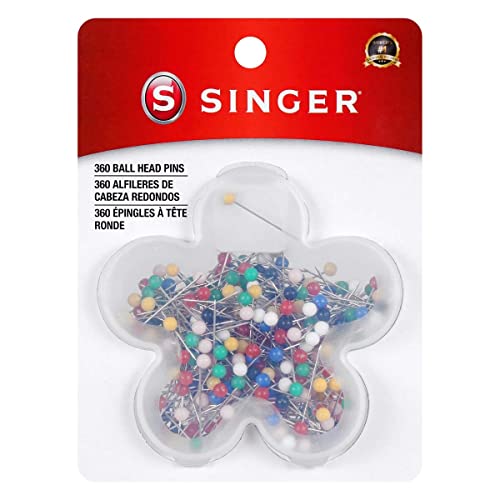
Singer Ball Head Straight Pins
Buy Now →Tailor’s Tape Measure
A flexible tape measure (also called a tailor’s tape) is an essential tool for any sewing kit. If you plan on using sewing patterns, a tape measure helps you determine body measurements like bust, waist, and hips.
Tape measures are also useful for sewing projects that don’t require patterns but rely on measurements instead.
Shop Tailor’s Tapes
 Buy Now →
Buy Now →  Buy Now →
Buy Now → 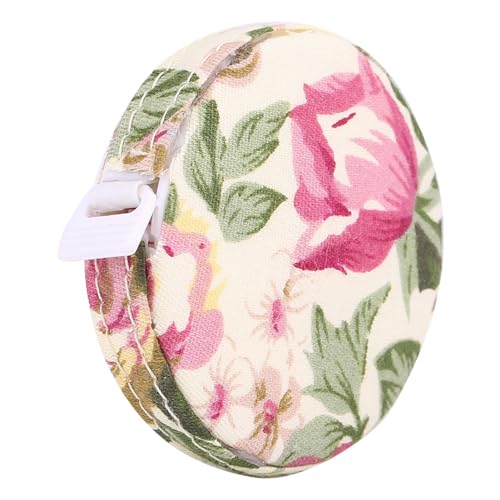 Buy Now →
Buy Now → Bobbins
Bobbins are the little round thread holders that go into the bottom of the sewing machine. They feed the thread onto the bottom side of the fabric.
It’s always helpful to have pre-filled bobbins ready for different projects. They’re inexpensive and often come in cases for easy organisation.
Tip: Always check the bobbin compatibility. The packet should list what brands or sewing machines they are compatible with.
Shop Sewing Machine Bobbins

Singer Bobbins Class 15 Transparent, 4-Count
Buy Now →
Brother Sewing Bobbins 10-Pack
Buy Now →
Singer Prewound Plastic Bobbins
Buy Now →Sewing Machine Needles
When you’re new to sewing, you’ll likely break a few needles. It happens to everyone! Keep a few packs of universal machine needles on hand so you don’t have to pause your project if a needle breaks.
Different fabrics require different needle types:
- Universal needles work for most fabrics.
- Ballpoint needles are best for knit fabrics since they won’t cut through the fibres.
- Heavy-duty needles are needed for thick fabrics like denim.
Shop Sewing Machine Needles

Singer Assorted Universal Regular Needle and Heavy Duty Needle Bundle
Buy Now →Pattern Weights
Pattern weights help hold your patterns in place for cutting, especially when using a rotary cutter. They prevent shifting and keep the fabric flat, leading to more accurate cuts.
If you don’t have pattern weights, pins work just fine! You can also use heavier items around your home, like heavy books. Experiment to see what method works best for you.
Tailor’s Chalk
Dressmaking chalk is a must-have for marking fabric. It lets you trace patterns without leaving permanent marks, as it washes out easily.
Chalk comes in different forms:
- Traditional triangular chalk
- Chalk pencils for precise markings
Both are great for marking darts, pleats, pockets, and other sewing details. I love using triangular chalk over the pencils.
Shop Tailor’s Chalk

Clover Triangle Tailors Chalk White
Buy Now → Buy Now →
Buy Now → Snips
Snips are small scissors used to trim thread while sewing. They’re faster and easier to use than full-sized fabric shears.
Some sewists even wear snips on a lanyard around their neck to keep them handy!
Shop Sewing Snips
 Buy Now →
Buy Now →  Buy Now →
Buy Now → Extra Sewing Tools & Equipment
These tools aren’t essential when you’re just starting, but they can make sewing easier and more enjoyable:
Shop Extra Sewing Tools
 Buy Now →
Buy Now →  Buy Now →
Buy Now → 
Fiskars Rotary Cutter for Fabric
Buy Now →
Fiskars Self Healing Cutting Mat 24″ x 36″
Buy Now → Buy Now →
Buy Now →  Buy Now →
Buy Now → 
Singer 14T968DC Heavy-Duty Serger
Buy Now →Steam Iron
Most people already have an iron at home, but an iron with steam is a game-changer for sewing! Pressing your seams can take homemade projects from messy to professional-looking in seconds.
Rotary Cutter & Mat
A rotary cutter lets you cut fabric quickly and precisely when paired with a self-healing cutting mat. It’s handy for quilting, bias binding, and straight cuts.
Serger (Overlocker)
A serger (or overlocker) is a separate sewing machine that finishes raw fabric edges for a professional look. While not essential, it’s a great investment if you plan to sew garments frequently.
To Sum Up
And that’s it! These essential tools will set you up for sewing success. Over time, you may want to add more tools to your collection, but this list gives you everything you need to start. Sewing is a craft you can customise to fit your needs, so don’t feel pressured to buy everything at once.
What sewing tools do you find most useful? Let me know in the comments!
Ready to get started? Check out this Ultimate Guide to Sewing for Beginners, or start sewing these 16 Easy Sewing Projects for Absolute Beginners!
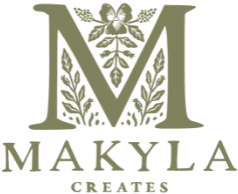


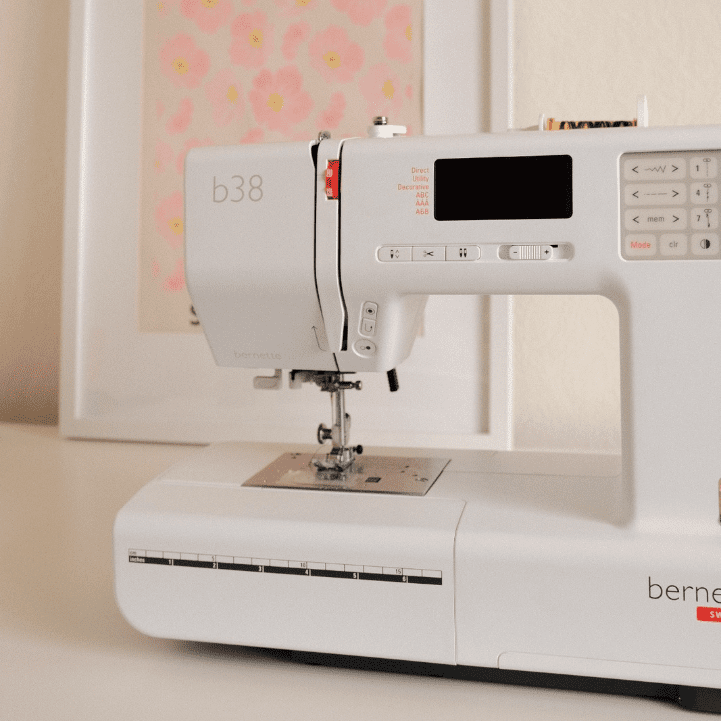
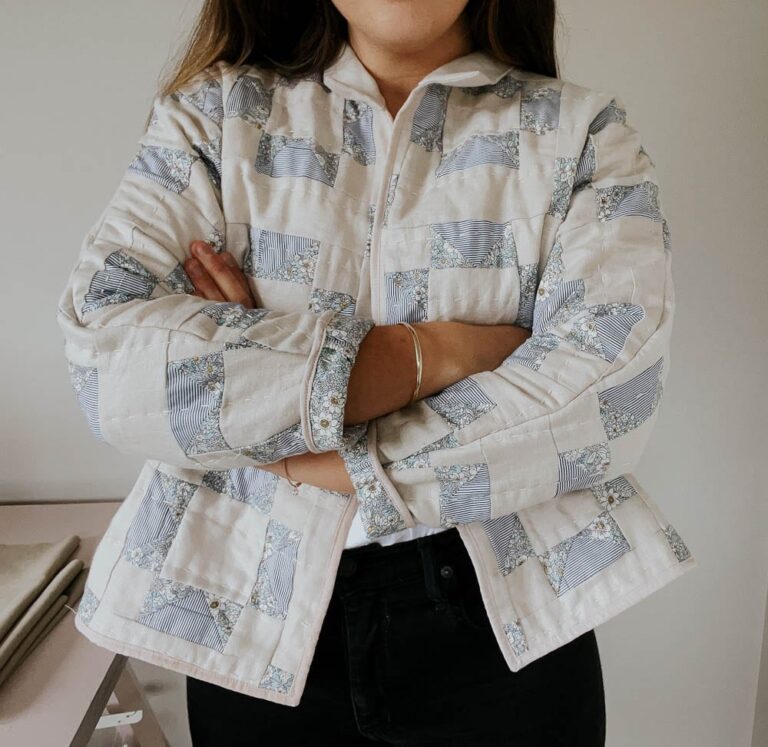
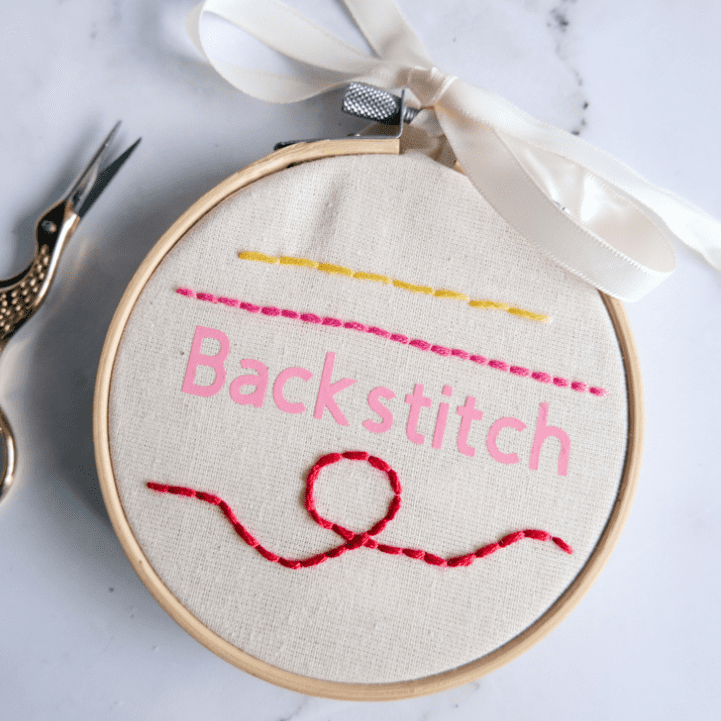

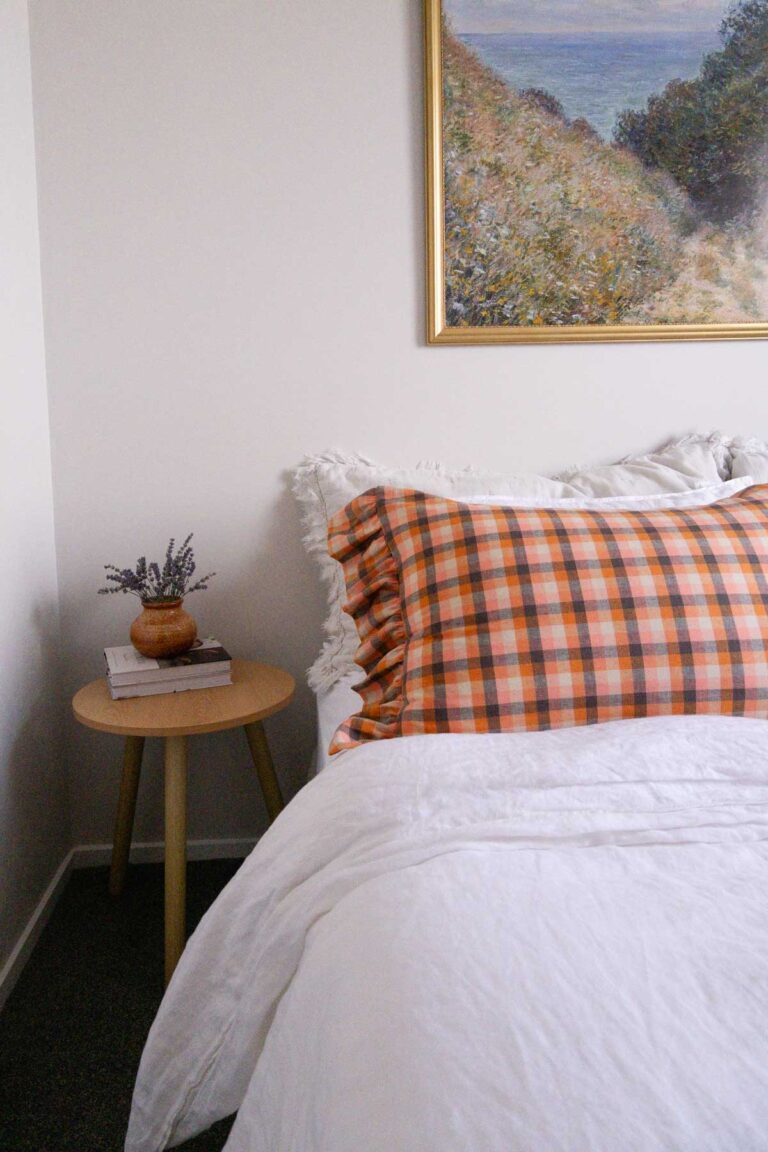
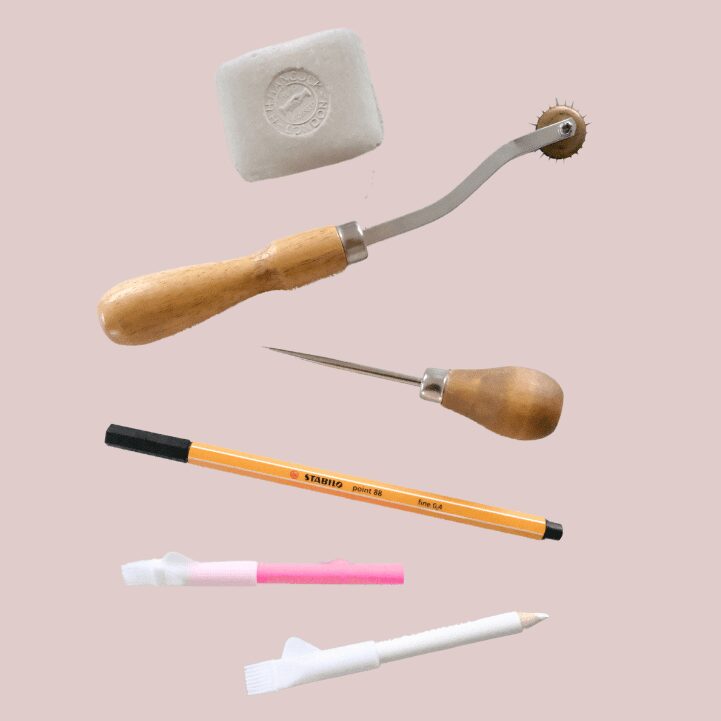
I’m just a beginner ,it’s something l’m doing on the side and thanks for your website it helped a lot to identify a lot of useful tools
Hi Tinashe, I’m so pleased that this has been helpful for you. Good luck with your sewing journey it’s such a wonderful skill to acquire x
thanks
hi thanks for your website,it was soo helpful
I’m so glad its helpful! Thanks for being here Alexandra.